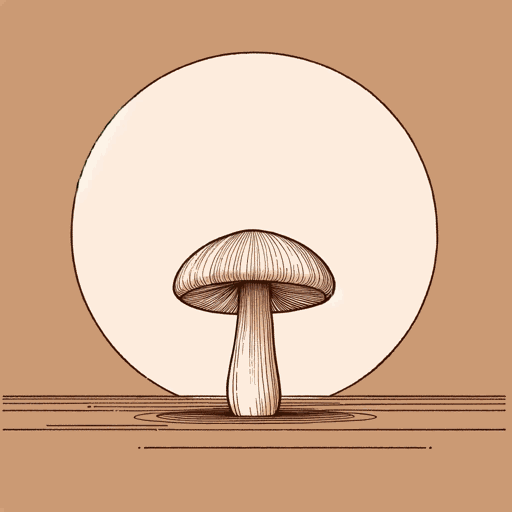75 pages • 2 hours read
Anna Lowenhaupt TsingThe Mushroom at the End of the World
Nonfiction | Book | Adult | Published in 2015A modern alternative to SparkNotes and CliffsNotes, SuperSummary offers high-quality Study Guides with detailed chapter summaries and analysis of major themes, characters, and more.
Before You Read
Summary
Preface
Prologue
Part 1, Introduction
Part 1, Chapters 1-3
Part 1, Interlude 1.1
Part 2, Introduction
Part 2, Chapters 4-7
Part 2, Interlude 2.2
Part 2, Chapters 8-10
Part 2, Interlude 2.3
Part 3, Introduction
Part 3, Chapters 11-13
Part 3, Chapters 14-15
Part 3, Chapters 16-17
Part 3, Interlude 3.3
Part 4, Introduction
Part 4, Chapters 18-19
Part 4, Chapter 20 and Conclusion
Key Figures
Themes
Index of Terms
Important Quotes
Essay Topics
Part 2, Interlude 2.3Chapter Summaries & Analyses
Part 2: “After Progress: Salvage Accumulation”
Part 2, Interlude 2.3 Summary and Analysis: “Tracking”
Turning from hard science to social science, Tsing defines mushrooms as the “fruiting bodies of fungi” which eat and do not make food through photosynthesis (137). When fungi process nutrients, they may change their environments, like the soil, which means they can cultivate relationships with plants, some of them very closely, as “‘[e]endophytic’ and ‘endomycorrhizal’ fungi live inside plants” (138). These relationships are often mutually beneficial, as fungi can produce water and nutrients for their hosts. Tsing calls this capacity “world-building work” and decries the historical interest of much of science in antagonism and predation rather than mutual interchange (139).
Like prior ideas of capitalism, the discovery of genetics predisposed scientists to think in terms of autonomous and separate “scalability”—the capacity of lifeforms to reproduce based on known genetic codes, unaltered by their environments (140). This, too, created a narrative of enclosed progress, which Tsing compares to “Max Weber’s iron cage” (140). This is an allusion to German sociologist Weber’s famous work, The Protestant Ethic and the Spirit of Capitalism. Weber sees capitalism as a cage once it has been divorced from the moral framework of Christian productivity as key to salvation—there is no escaping the equation of productivity and moral worth, even in a modern period where religious faith is declining.

